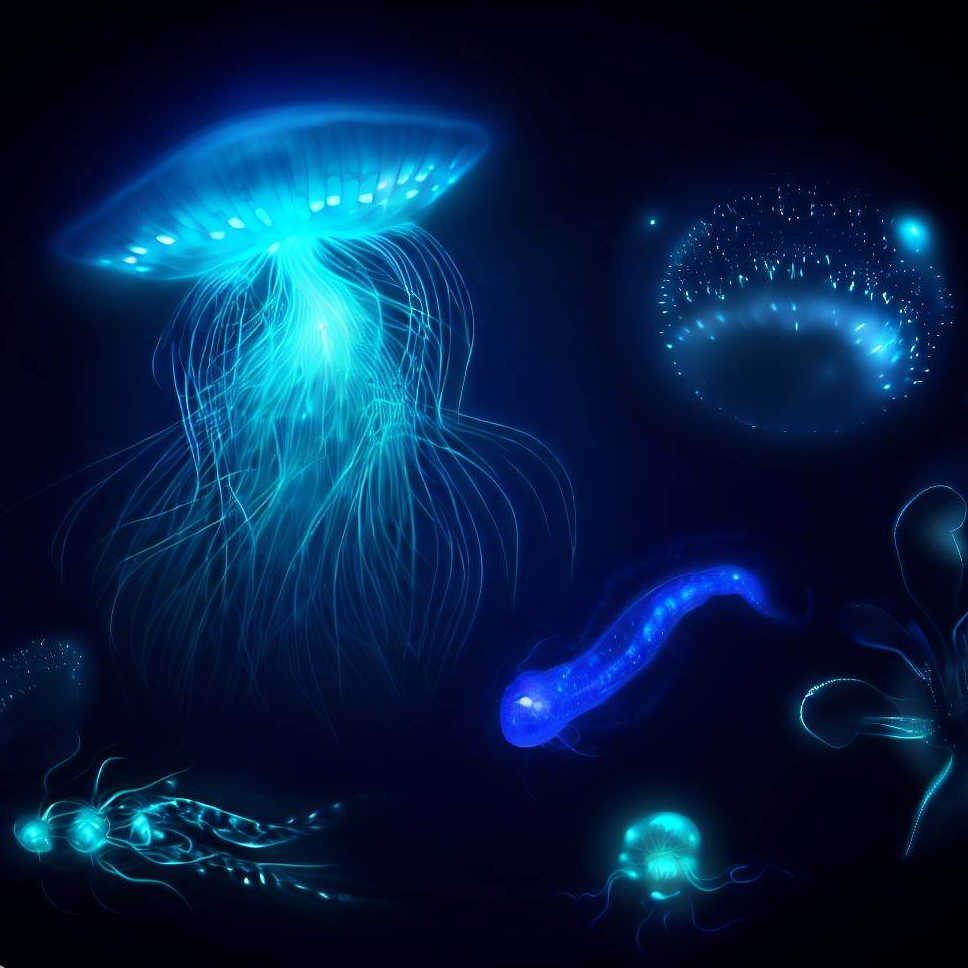Imagine walking through a dark forest, only to be surrounded by a mesmerizing display of glowing lights. This enchanting phenomenon is called bioluminescence, the ability of certain organisms to produce and emit light. From the depths of the ocean to the dense rainforests, bioluminescent organisms have fascinated scientists and nature enthusiasts for centuries. In this blog, we will embark on a journey to uncover the secrets of bioluminescence, exploring its diverse manifestations, the mechanisms behind it, and the incredible organisms that possess this remarkable ability. Get ready to be dazzled by the marvels of bioluminescence and discover the hidden world of glowing organisms.
Bioluminescence, the ability of certain organisms to produce and emit light, is one of nature's most captivating and enchanting phenomena. From sparkling fireflies on a summer's night to mesmerizing deep-sea creatures, bioluminescence has fascinated scientists and nature enthusiasts for centuries. This blog will delve into the intriguing world of bioluminescence, exploring its diversity, mechanisms, and the incredible organisms that possess this remarkable ability.
-
What is Bioluminescence? Bioluminescence is the production and emission of light by living organisms. Unlike incandescent or fluorescent light, bioluminescence is a cold light, meaning it is produced with minimal heat. This unique feature allows bioluminescent organisms to emit light without wasting energy as heat, making it highly efficient.
-
The Diversity of Bioluminescent Organisms: Bioluminescence is found in various organisms across different ecosystems, including land, sea, and even the air. It is estimated that around 90% of marine organisms dwelling in the deep ocean possess bioluminescent capabilities. Some prominent examples of bioluminescent organisms include:
- a. Marine Bioluminescence: Marine environments are teeming with bioluminescent organisms, from tiny planktonic organisms like dinoflagellates to larger creatures such as jellyfish, squids, and deep-sea fishes like anglerfish. These organisms use bioluminescence for various purposes, including communication, mate attraction, prey detection, and defense mechanisms.
- b. Terrestrial Bioluminescence: While less common, bioluminescence can also be found on land. Fireflies, also known as lightning bugs, are perhaps the most well-known terrestrial bioluminescent insects. They use their bioluminescent abdomens to attract mates. Other examples of land-dwelling bioluminescent organisms include certain fungi, glowworms, and even some species of beetles.
- c. Aerial Bioluminescence: A lesser-known form of bioluminescence occurs in the skies. In some regions, certain species of fireflies can synchronize their flashes to create dazzling displays known as "lightning bug firework" shows. This phenomenon can be observed in places like Southeast Asia and North America.
- Bioluminescent Mechanisms: The ability to produce light in organisms stems from a complex biochemical process. While variations exist across different species, the fundamental mechanism involves three key components:
- a. Luciferin: Luciferin is a light-emitting pigment found in bioluminescent organisms. It undergoes a chemical reaction when combined with the enzyme luciferase, resulting in the emission of light. Different organisms possess different types of luciferin, leading to variations in color and intensity of the emitted light.
- b. Luciferase: Luciferase is an enzyme that catalyzes the oxidation of luciferin, triggering the light-emitting reaction. Luciferases are highly specific to their corresponding luciferin, ensuring the efficiency of the bioluminescent process.
- c. Energy Source: Bioluminescent organisms require an energy source to initiate the light-producing reaction. This energy can come from various sources, such as ATP (adenosine triphosphate) in some marine organisms or biochemical reactions involving oxygen and other molecules.
- Functions and Adaptations of Bioluminescence: Bioluminescence serves a range of functions in different organisms, offering them significant advantages in survival and reproduction:
- a. Camouflage and Counterillumination: Some deep-sea organisms use bioluminescence to match the intensity and color of the ambient light, effectively camouflaging themselves from predators lurking below. This strategy, known as counterillumination, allows these organisms to blend seamlessly with their surroundings and avoid detection.
- b. Communication and Mate Attraction: Bioluminescence plays a crucial role in communication among organisms. Fireflies, for instance, use their distinct flashing patterns to attract potential mates. In the deep ocean, many species of fish and invertebrates use bioluminescent displays to communicate with each other, signal aggression, or attract prey.
- c. Predation and Defense: Bioluminescence can also be a powerful tool for both predators and prey. Some deep-sea predators possess bioluminescent lures, such as the anglerfish, which dangle a glowing appendage in front of their mouths to lure unsuspecting prey. Conversely, certain organisms, like the firefly squid, use bioluminescence as a defensive mechanism, emitting bright flashes to confuse and distract predators.
- d. Species Recognition: Bioluminescence aids in species recognition and differentiation. Many species have unique bioluminescent patterns or colors that help them identify individuals of their own kind and avoid mating with unrelated species.
- Bioluminescence Research and Applications: The study of bioluminescence has captivated scientists, leading to significant discoveries and potential applications:
- a. Scientific Research: Bioluminescent organisms provide valuable insights into fundamental biological processes and have led to breakthroughs in areas such as molecular biology and biochemistry. Researchers have harnessed the luciferase enzyme for various laboratory applications, including gene expression analysis and medical diagnostics.
- b. Environmental Monitoring: Bioluminescent organisms, particularly marine planktonic species like dinoflagellates, can serve as indicators of environmental health. Changes in bioluminescent activity can signal shifts in water quality, pollution levels, or ecological disturbances, making them valuable tools for monitoring marine ecosystems.
- c. Biotechnology and Medicine: The unique properties of bioluminescence have been harnessed for various biotechnological and medical applications. For instance, bioluminescent markers are used in genetic research and drug development, enabling scientists to track gene expression or monitor cellular processes. Bioluminescence imaging techniques have also been employed in medical diagnostics and the study of diseases, providing non-invasive tools for visualizing cellular and molecular activities in living organisms.
Here are some examples of popular bioluminescent organisms:
-
Fireflies (Lightning Bugs)
Fireflies are perhaps the most well-known bioluminescent insects. They use their glowing abdomens to attract mates through unique flashing patterns.
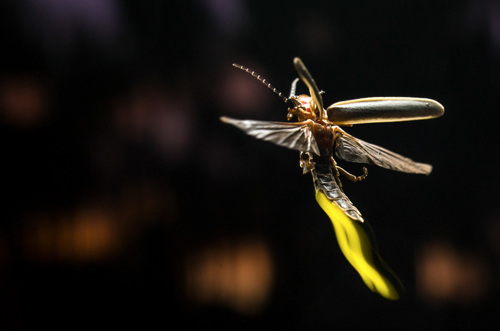
Fire Fly -
Dinoflagellates
These microscopic planktonic organisms are responsible for the mesmerizing glowing tides and bioluminescent waves. They emit light when agitated, creating a stunning natural spectacle.

Dinoflagellates -
Deep-Sea Fish
Many species of deep-sea fish possess bioluminescent adaptations. The anglerfish, for example, has a bioluminescent lure on its head that attracts prey towards its jaws.
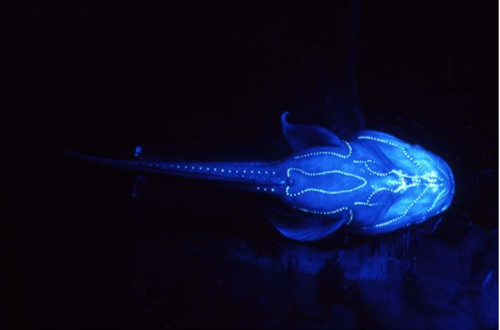
Deep-Sea Fish -
Jellyfish
Certain species of jellyfish, such as the crystal jelly (Aequorea victoria), exhibit bioluminescence. They produce a soft, greenish glow in their bell and tentacles.
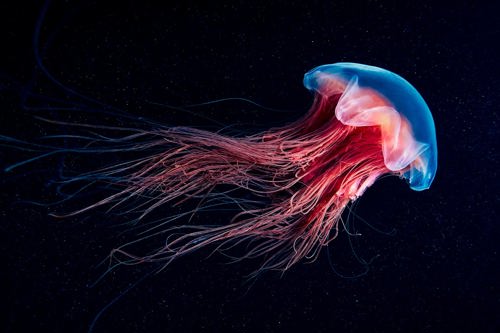
Jellyfish -
Bioluminescent Fungi
Some species of fungi, like the honey fungus (Armillaria mellea), are bioluminescent. They emit a faint greenish glow, often observed in decaying wood or forest environments.
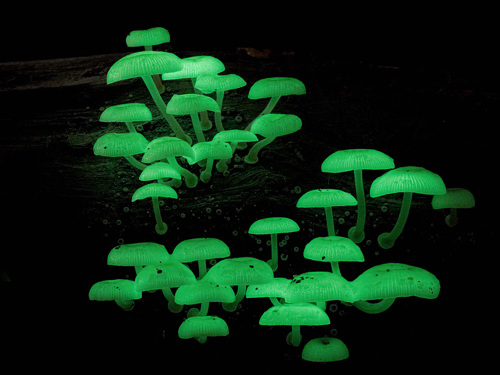
Bioluminescent Fungi -
Marine Plankton
Various types of marine plankton, such as dinoflagellates and radiolarians, possess bioluminescent properties. They contribute to the shimmering blue bioluminescent glow often seen in the ocean.
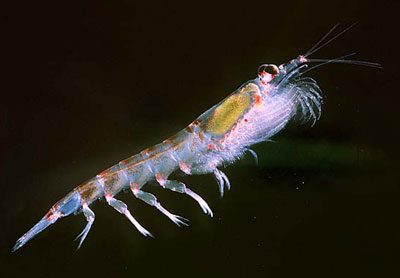
Marine Plankton -
Deep-Sea Creatures
The deep ocean is home to numerous bioluminescent organisms, including deep-sea squid, octopuses, and hatchetfish. These creatures use bioluminescence for communication, camouflage, and hunting.
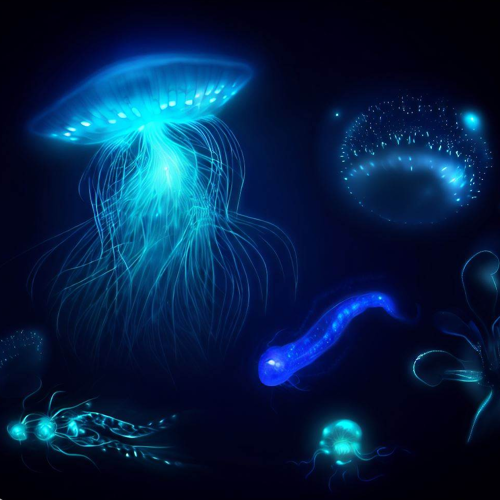
Deep-Sea Creatures -
Glowworms
Glowworms are the larvae of certain species of beetles. They emit a soft greenish glow from their tails to attract prey or potential mates.
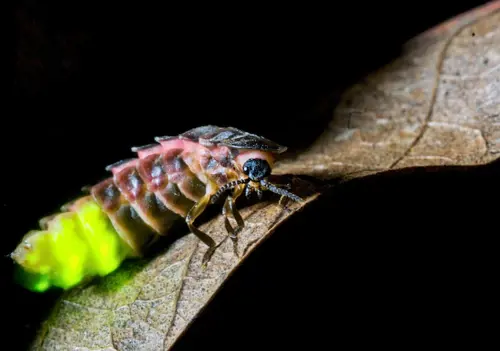
Glow worm
These examples represent just a fraction of the diverse range of bioluminescent organisms found in nature. Each species has its unique adaptations and purposes for emitting light, making the world of bioluminescence truly captivating
Conclusion: Bioluminescence is a captivating natural phenomenon that continues to intrigue scientists and inspire awe in nature enthusiasts. From the depths of the ocean to the forests and skies, bioluminescent organisms demonstrate a remarkable diversity of forms, functions, and adaptations. By unraveling the secrets of bioluminescence, we not only gain a deeper understanding of the natural world but also unlock potential applications in various fields. The study of these glowing organisms unveils a world of wonder and serves as a reminder of the extraordinary beauty and complexity of life on our planet.
Discover More
Most Viewed
Christmas is a season of joy, love, and traditions. And what better way to get into the holiday spirit than through timeless carols? These musical gems have been bringing people together for generations. Here’s our ranked list of the Top 10 Christmas Caro…
Read More
